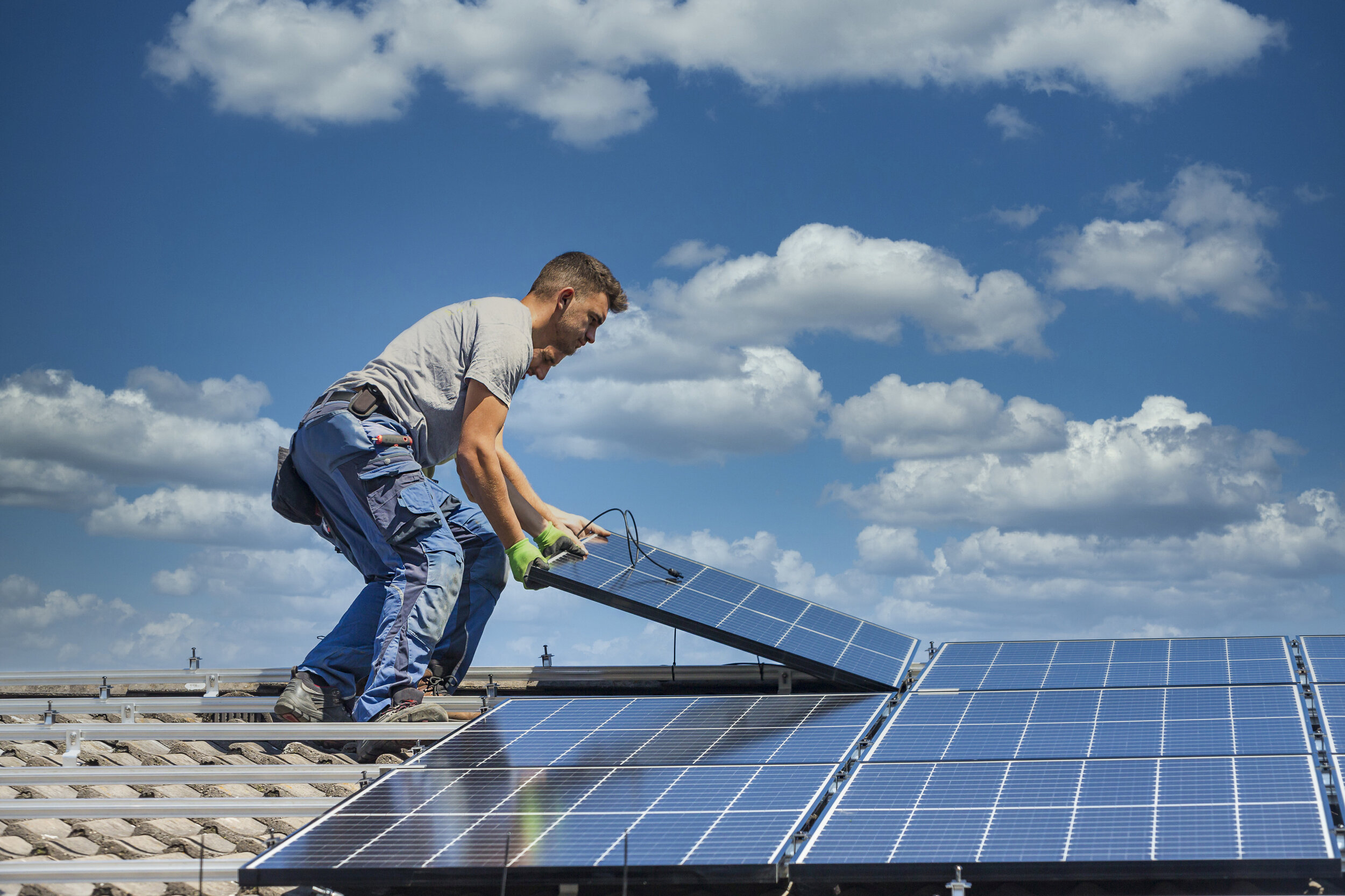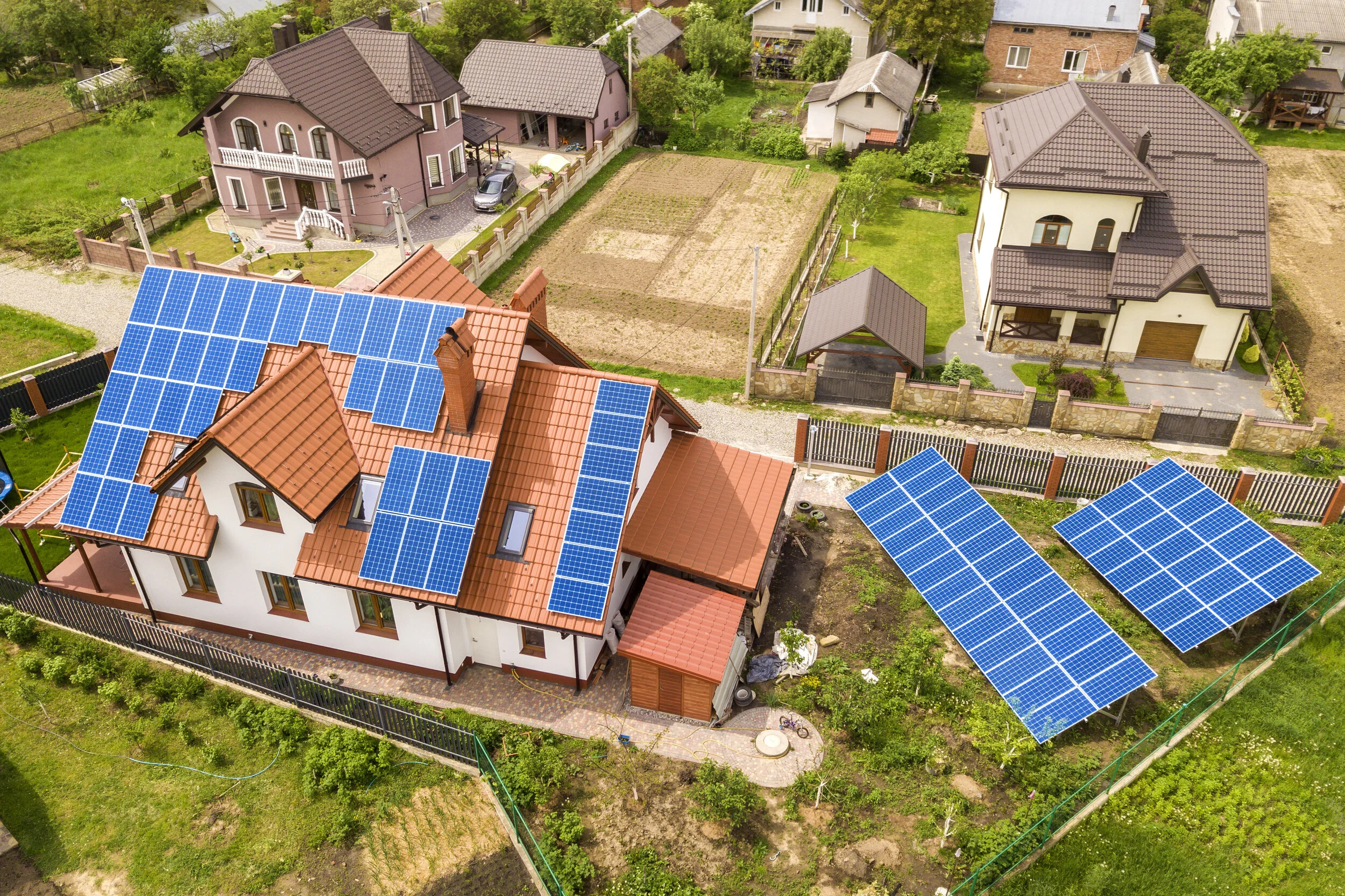Things to Consider When You Want to Build Your Own Solar Panel System
/Homeowners and landlords are always looking for ways to save on utility bills, particularly when it comes to energy consumption. Thus, building a solar panel system can help bring the cost of running a home to manageable levels. Additionally, the system utilizes natural light from the sun, thus protecting the environment by reducing the demand for other sources of power that harm nature.
For various reasons, not all homes or buildings are ideal for a solar panel system. For it to produce sufficient power, it requires maximum exposure to sunlight. Homes or buildings located in places where sunlight is obstructed may not be the best candidates for a solar panel system as it may not generate enough power to justify the investment.
That said, below are some of the things to consider when you want to build your solar panel system.
1. Insolation Rating
Insolation rating pertains to the amount of solar power that a given area receives. Factors like latitude, altitude, and distance to the sea affect the amount of solar power or radiation to a given location.
Insolation is measured in KWh/M2/day. The higher the rate, the better. If your area has a high insulation rating, solar panels can generate more power. For the power to be sufficient, a building will require a few solar panels installed.
Areas with low insolation ratings would require far more solar panels to generate enough power. The insolation rating is, therefore, one of the key factors to determine whether investing in a solar panel system is economically feasible.
2. The Surroundings
A solar panel's efficiency depends on the total surface area exposed to the sun and the environmental temperature. For the panel to generate sufficient power, maximum exposure between 10 am and 2 pm is preferable. The whole day is even better.
A home situated near tall trees or towering buildings can be obscured by shade during the day. Depending on the type of the panel you’ve installed, shade can affect the solar panel system’s optimal performance or result in complete dysfunction. A homeowner may opt to cut down an obstructing tree to manage shade, though it would be difficult to deal with shade caused by tall buildings. Take these factors into account before deciding to install a solar panel system.
3. The Roofing Used
The roof system in the building is also a factor that can determine the level of effort needed and difficulty during installation. A slanting roof will require additional labor and equipment, making it more expensive. Some roofing systems may require additional attachments to fasten the solar panels.
Homes or buildings with standing seam roofs have allowances to clamp the panel system without penetrating it. The cost of installing a shed solar system on metal shingle or slate roof types are relatively expensive due to additional costs to install the attachments.
Additionally, the lifespan of the roof system should match with that of the solar system. Typically, a quality solar panel may last up to 30 years, while some roof systems only last up to 20 years. It's wise to plan with that in mind to avoid the associated reinstallation costs.
4. The Cost Of Building The Solar Panel System
A solar panel is an alternative energy source to the main grid system, and it should at least make some financial sense to plan before the installation. Factors like eventual savings, the national grid's reliability, or high monthly power bills can sway your decision.
Below are some of the factors that determine the total cost of a solar panel system:
Building Watt Requirement: The energy needs of the home determine the size of the system. Unlike in the early '50s, when the cost per watt was constraining, the cost per watt is now USD 10 or below. This element correspondingly rises with huge power demand.
Installation Cost: The installation cost will be determined by the total panels, distance to the home, roofing system, and discounts associated with the firm.
Solar Panel Rebate: The federal solar tax credit allows you to deduct 26% of the total installation cost. The tax credit works for people with sufficient tax liability, although you roll-it over into future years. You must also purchase the system and a lease agreement to be eligible for the rebate.
Electricity Connection Point: The solar system has to be eventually connected to the home or building electricity circuit. A long distance means extra cables and insulation, which all add up to the total cost.
The cost of installing the solar system is a big investment, though its eventual benefits or savings are recovered over a long period. Some firms allow clients to lease a solar system, which allows users to pay a monthly fee. This has made owning the system more affordable.
Conclusion
Building a solar panel system helps homeowners tap energy from natural light and reduce their carbon footprint. However, they must consider factors like installation cost, physical obstacles, the type of roofing the building has, and the insolation rating of the area.
The success of installing a solar panel system is based on its financial feasibility and the system’s ability to produce sufficient power in the home.























